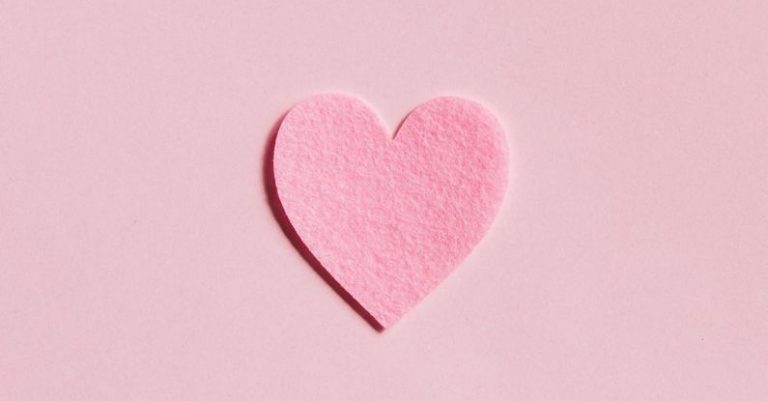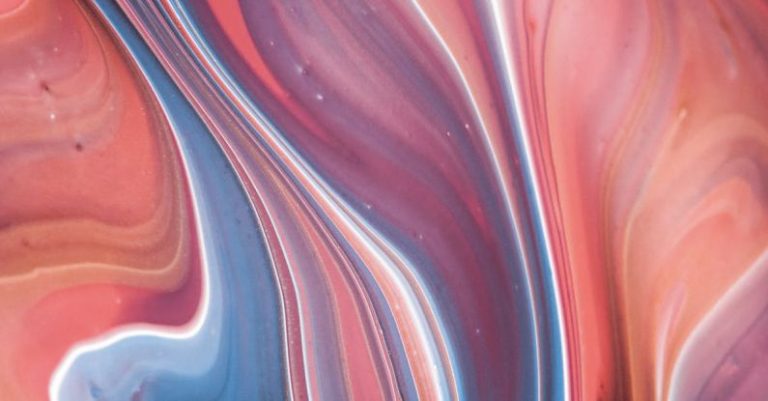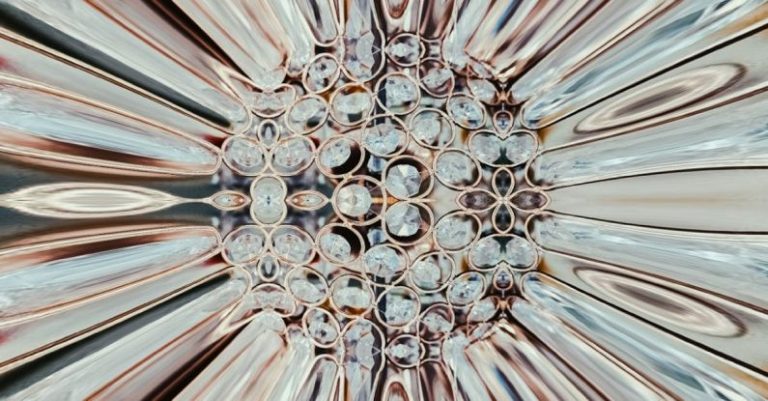How to Use Contrast Effectively in Interior Design?

Creating a visually appealing space involves many elements, one of which is the effective use of contrast in interior design. Contrast plays a crucial role in adding interest, depth, and personality to a room. By skillfully blending different elements, textures, colors, and patterns, you can transform a space from ordinary to extraordinary. In this article, we will explore how to use contrast effectively in interior design to elevate your home decor.
**Understanding the Concept of Contrast**
Contrast in interior design refers to the arrangement of different elements that creates visual interest through their differences. These elements can include color, texture, shape, size, pattern, and style. By juxtaposing opposing elements, you can create a dynamic and visually stimulating environment that captures attention and enhances the overall aesthetic appeal of a space.
**Utilizing Color Contrast**
One of the most common ways to introduce contrast in interior design is through the use of color. Pairing light and dark colors can create a striking visual impact, while combining complementary colors can add a sense of balance and harmony to a room. For example, pairing a deep navy blue with a crisp white can create a classic and timeless look, while mixing bold reds with vibrant greens can infuse a space with energy and vitality.
**Playing with Textures**
Texture contrast is another effective way to add depth and dimension to a room. Mixing smooth and rough textures can create a tactile experience that invites touch and exploration. For instance, pairing a sleek leather sofa with a plush velvet throw can create a luxurious and inviting seating area. Incorporating a variety of textures, such as wood, metal, glass, and fabric, can add richness and visual interest to any space.
**Mixing Patterns**
Introducing pattern contrast is a great way to infuse personality and character into a room. Mixing different patterns, such as stripes, florals, geometrics, and abstract designs, can create a visually dynamic and engaging environment. To avoid overwhelming the space, it is essential to balance bold patterns with more subtle ones and ensure that they share a common color palette or theme. Mixing scales, such as pairing a large-scale floral print with a small-scale geometric pattern, can create a harmonious and visually appealing composition.
**Balancing Shapes and Sizes**
Contrast in shape and size can also contribute to the overall design scheme of a room. Combining different shapes, such as round, square, oval, and geometric forms, can create visual interest and movement. Mixing large-scale furniture pieces with smaller accessories can create a sense of proportion and balance in a space. Playing with asymmetry and symmetry can add a sense of drama and sophistication to a room.
**Creating a Focal Point**
When using contrast in interior design, it is essential to create a focal point that draws the eye and anchors the room. This focal point can be achieved through the strategic placement of contrasting elements, such as a bold accent wall, a statement piece of furniture, or a striking piece of artwork. By highlighting a focal point, you can create a sense of cohesion and unity in the space while allowing contrasting elements to shine.
**Incorporating Contrast in Different Design Styles**
Contrast can be effectively incorporated into various design styles, from modern and minimalist to traditional and eclectic. Whether you prefer a monochromatic color scheme with subtle texture variations or a vibrant mix of colors and patterns, there are endless possibilities for using contrast to enhance your home decor. Experimenting with different elements and combinations can help you discover your unique design style and create a space that reflects your personality and taste.
**Elevating Your Home Decor with Contrast**
In conclusion, contrast is a powerful tool in interior design that can transform a space from ordinary to extraordinary. By skillfully blending different elements, colors, textures, patterns, shapes, and sizes, you can create a visually captivating environment that reflects your personal style and taste. Whether you prefer a bold and dramatic look or a subtle and understated approach, incorporating contrast into your design scheme can elevate your home decor and create a space that is both visually appealing and functional. Experiment, have fun, and let your creativity shine as you explore the endless possibilities of using contrast effectively in interior design.





